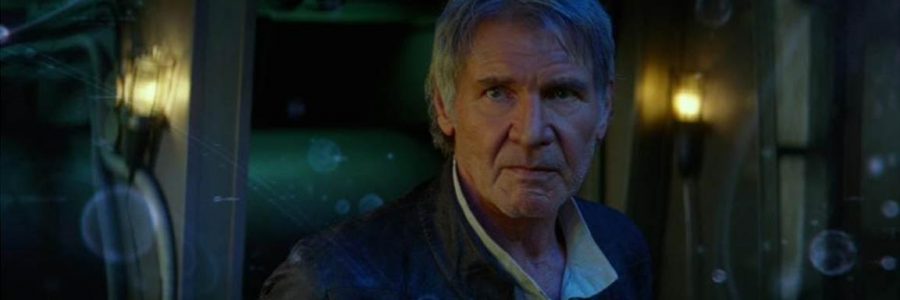Authentically you (be warned this is a post you read after coffee).
I usually find it easy to be myself. Until I get sick or trapped in my own self.
Have you ever felt this? Where you are on a roll, and then life happens. Simple allergies that feel like that are overtaking your body like a…(ready a long run-on sentence because my grammar is Bitbantersexy…lol) norovisrus covid PTSD moment coughing frenzy comes and you are now left in bed talking to your friends instead of being with them but you already had plans to go visit some awesome nature park but can’t because your coughing off a storm and its windy and who knows when your body will recover. Yes, this happens to many of us in spring, all because they want to grow, little beautiful flowers. The pollen is in full bloom and then… bam! Achoo!
And the first question that comes out of people’s mind is, she is sick Have COVID? You would think that a few years after such pandemic, we have been able to reduce that question. However, it’s the first questions that comes to our mind. It makes me wonder how people during the depression felt and how long they take those lessons of life with them throughout life. And how drastic those thoughts are to whom the depression did not affect them (The Psychology of Money, gave me that thought). It’s what takes being…to a whole new level. Mind you, we take being to our own level, we raise our own bars (enter a friend telling me “Get a bar.”). We elevate who we are with, who we are talking to, and who we allow to be in our lives. And we allow them to bring us up too (If we let them). So when it comes to being authentic, and then get sick and feel trapped, we must muster through the fields of whatever our minds are going through and unstrap ourselves by allow a little virus we got from a kid who was probably sick and left the virus germ on a door knob that your opened to go an help someone else as your finish your round up (this I statement I started using recently ‘:-) Round up).
Being Sick
It’s funny how our body attack can change our thinking. Weather (storm lol) it be because of how we just feel like MEEEEEHHHH or because we place this idea in our mind that we are trapped and HAVE to stay in bed to recuperate and let this body that has gone through so many wars already go through something like so again. But is it really a war? (Just saying, it’s a cough that made you have bronchio spams… altering your voice so that you have sexy voice…I mean lol).
But regardless of being any type of sick or having a chronic illness, being you at that moment and time is because of something, or it may even help someone else.
Being Authentically You
I’ve learned this the hard way, that being you, with whom you are with will allow anything to happen. I met up with an old friend and I warned her I was not my best, yet even sick, I had the most incredible talk about something and everything. She understood me, in different ways because we just understand each other. The right people come to us when we least expect it. I just spoke to someone today, and he provided the sense of love, calm, and peace I needed to get through a bronchio-spasm asthmatic moment comes in and laughter comes in. I mean it gets better when you allow people whom your instincts tell you are worth being in your life. When you can be yourself with someone and they just smile, laugh, or don’t try to change you…and allow you to be…you. These moments are called elevating human energy. And this is something I’m defiantly interested in.
When you allow people and you come with who you are at that moment. And you allow yourself to be you… so much can happen. Yes, even if you are feeling trapped in your body and feeling sick. Giving positive energy is reciprocated with the people that are meant to be in your life and vice versa. And like with everything, always know your boundaries. You don’t want to get overused either. Everything with good measure.
I’m out to get some rest and sleep to have more of that energy stuff and help humans get to where they want to get to, Healthy too. Make it a great (enter when you are reading this)! (If you want). -Jes



